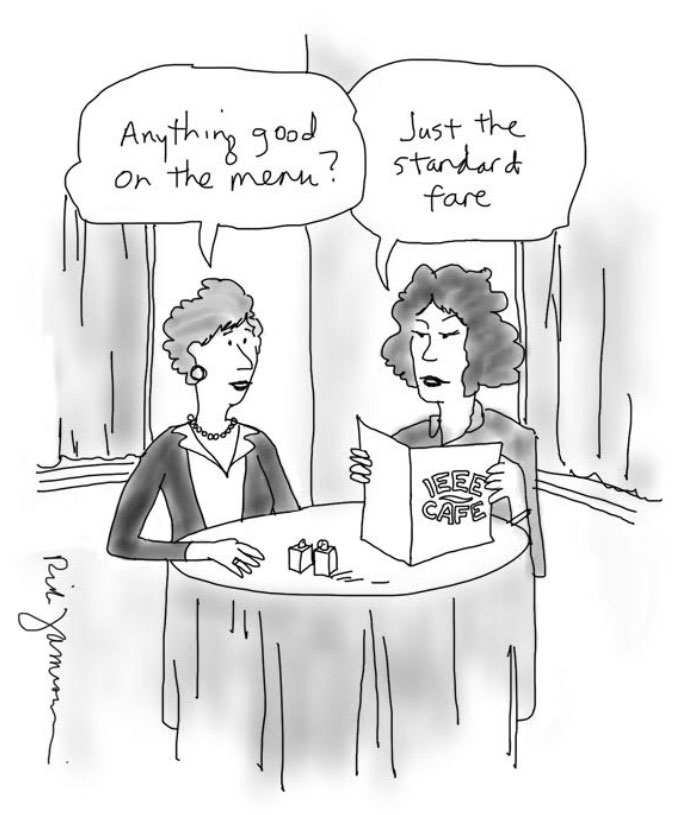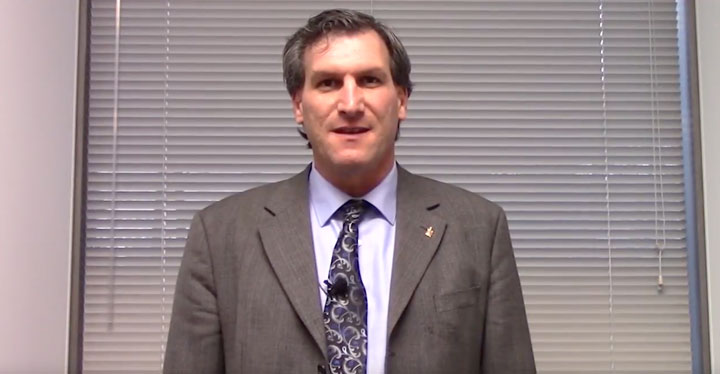September 2017 | Volume 7, Issue 3 | Conformity Assessment and Compliance |
Introduction to Conformity Assessment and Compliance
In this issue, we look at two different aspects of product compliance. With videos, we show the role of conformity assessment in ensuring that products meet design standards and regulatory compliance. We also provide insight into what is involved in actual testing to demonstrate compliance ...
Featured Articles

Letter from the Editor
Sometimes it is easier to let the expert explain a topic – be it a concept, a process, a product or a service. The focus topic for this issue is Conformity and Compliance, and have we got a treat for you! Don Heirman, a member of the eZine Editorial Board, past President of IEEE Standards Association, and an expert in the field of electromagnetic compatibility (EMC) offered to put together this issue with the help of other experts in the field. How could I have chosen any response other than “please, will you? …”
Without further ado, this is Don’s “dynamite eZine ssue” (his own words!). Start with his Introduction article and follow the order he has presented. Hope you enjoy reading this issue, and please share your comments with us about conformity and compliance in your field of work.
Student Application Papers
Student application papers applying industry standards are papers submitted by students, or their faculty mentors on their behalf, in which an industry technical standard(s) was applied (analyzed and implemented). Each paper highlights specific design choices in the application of various technical standards and describes the resulting product, process, or service. Click on the title to view the full paper.
An Application of IEEE 802.21 Standard for Laptop Theft Deterrence
(PDF, 2.7MB), by Nygil Alex Vadakkan; S.E.Vinodh Ewards, School of Computer Science and Technology, Karunya UniversityLearn more about how you can apply for an IEEE Student Grant.
Funny Pages: Standard Fare

Call For Contributors
The IEEE Standards Education eZine Editorial Board invites contributions from industry practitioners, educators and students on topics related to education about technical standards. Interested parties may submit an inquiry or article abstract for consideration to the Editorial Board at any time throughout the year via email to: ezine-eb@listserv.ieee.org. Abstracts should be no longer than 500 words and final articles should be no more than 2,000 words.
Particular areas of interest include, but are not limited to:
- impact and development of standards in various regions of the world;
- reliance by employers on complying with standards for introducing their products to the marketplace
- best practices and ideas for incorporating standards into the classroom and curricula
Interested in contributing an article? Please make note of these important dates.
4th Quarter 2017 issue theme: Robotics- Articles due: 1-Nov-2017
- Publication date: 6-Dec-2017






